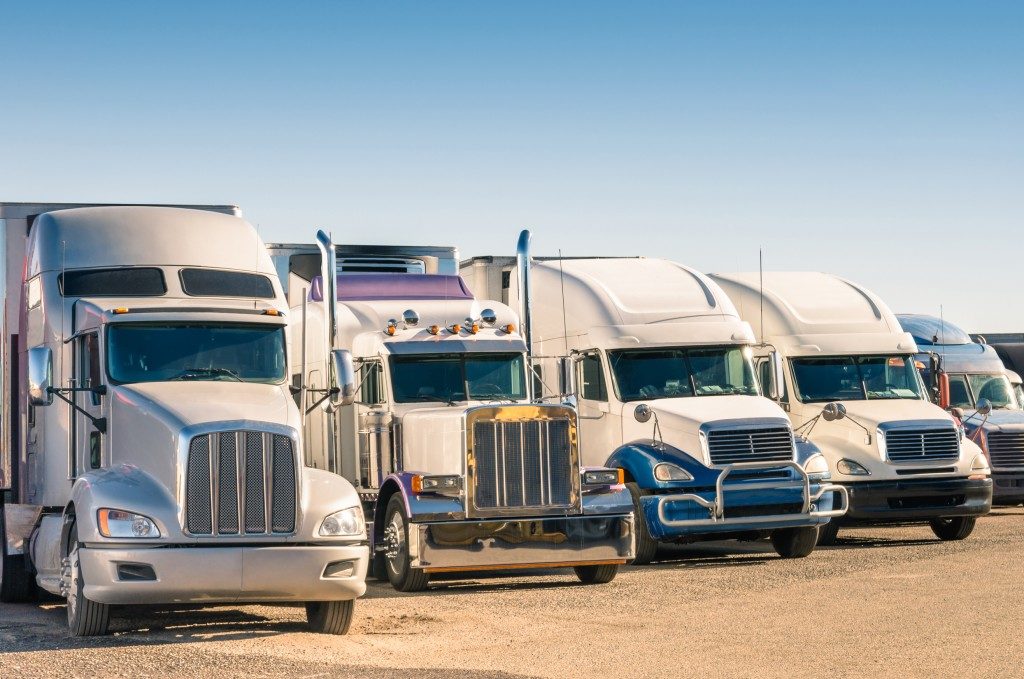Any person on the street can identify a truck when they see one. However, few know that there are any differences. When a fleet manager or a driver sees the same vehicle, they start cataloging the car to place it in the proper category. They might consider what the weight of the truck is, its payload designation and other requirements like the licensing necessary.
Lifted trucks in Phoenix, Arizona, for example, are built to do a different job from heavy-duty vehicles. Part of the reason for classification is to understand the purpose. Generally, trucks are classified by weight. Government guidelines demand that manufacturers use GVWR (Government Vehicle Weight Rating). The rating states the weight of the car before and after it is fully loaded with passengers, fuel, and cargo. Classification is used to regulate safety but is also crucial for registering vehicles. Truck categories include:
Medium trucks
These trucks are divided into classes 4 through 6. Commercial trucks belong in class 4 and class 5. Class 4 vehicles weigh a maximum of 16000 pounds. They include the F-450 pickups among other trucks. Box trucks are also classified as medium trucks. Most city delivery vehicles fall under class 4. Class 5 trucks range between 16001 and 19500 pounds. Some will be commercial vehicles while a few are non-commercial. Class 5 vehicles are large walk-ins that often serve as delivery trucks and cherry pickers.
If a truck exceeds 19501 pounds but is below 26000 pounds, it falls under class 6 trucks. Vehicles here are mostly medium-duty commercials. Most beverage trucks, rack trucks, and single-axle trucks belong in class 6. Some school buses also fall under this category. One needs a commercial license to drive class 6 trucks, but the requirement may vary depending on the exact weight of the vehicle. The class will factor in the combined loads such as when towing trailers.
Heavy-duty trucks

Heavy-duty trucks belong in classes 7 to 8. They include commercial vehicles and big rigs. Class 7 vehicles range from 26001 to 33000 pounds and have three or more axles. They include garbage trucks, city transit vehicles, and street sweepers. Some furniture trucks are also classified under this category. Class 8 vehicles are huge trucks of more than 33 001 pounds. They are often referred to as ‘severe duty’ trucks.
Unclassified trucks
The gross weight for class 8 trucks is not open-ended. There is a maximum weight based on federal bridge weight formulas across states. Many countries will have requirements that set the weight required for safe travel. There are 18-wheelers, for instance, that are not permitted in some states. There will also be GVWR exceptions in some countries. Vehicles not governed by such specifications may be considered oversize loads. They will require permits. They must also use designated routes.
Note that GVWR classes will have nothing to do with the parts of the truck. They are not even about the beefiness of the suspension or the appearance of the car. When buying a truck, you have to consider other factors besides the classification by weight.
